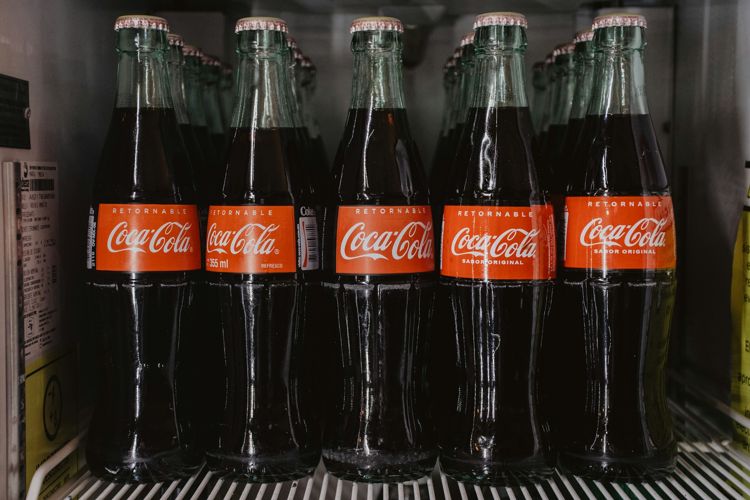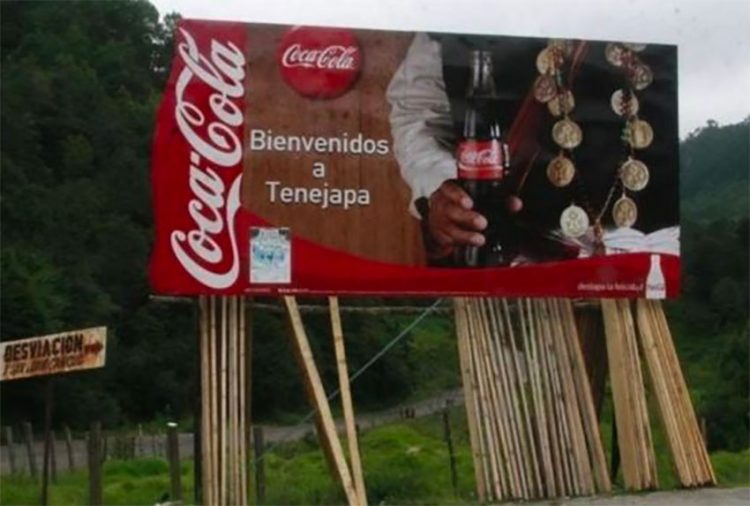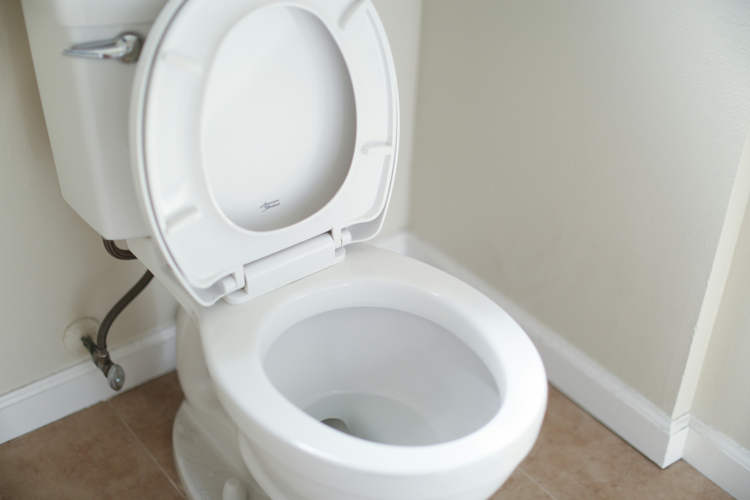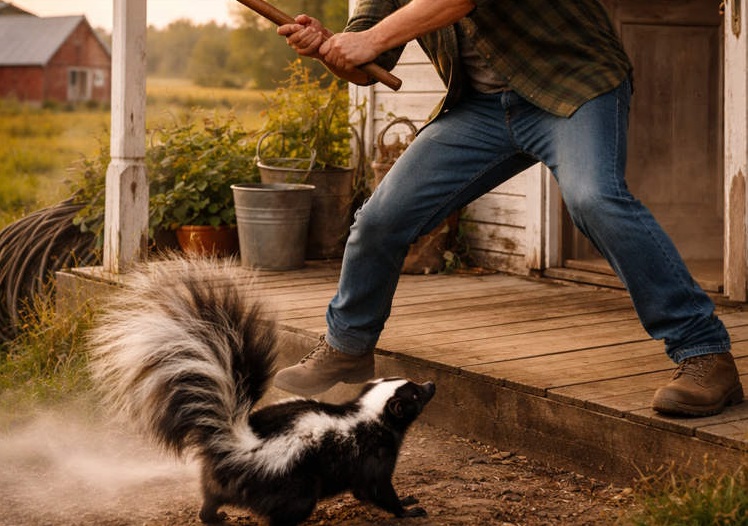Coca-Cola is consumed all around the world, but nowhere is it more popular than in the Mexican state of Chiapas, where the average person drinks 821.2 liters of Coca-Cola per year, roughly 32 times the global average.
The people of Chiapas consume more Coca-Cola than any other people on the planet, about 2.2 liters of it per day, which makes it more popular than drinking water. Coca-Cola is sold and advertised virtually everywhere in the state, and it’s almost as cheap as water, Most people don’t consume it as a treat, but as a way of keeping themselves hydrated throughout the day, and many have no clue that they are addicted to it. The iconic soft drink has been present in Chiapas for over half a century and is so deeply ingrained in the local culture and even in its religious practice, that people can’t imagine their lives without it.

Photo: Unsplash
The average annual consumption of Coca-Cola per capita in Mexico is an astonishing 160 liters, considerably higher than in the US (100 liters per capita) and a lot higher than the annual global average of 25 liters per capita. However, a 2019 study by the Chiapas and Southern Border Multidisciplinary Research Center (Cimsur), the southernmost state in Mexico puts the rest of the country to shame when it comes to drinking Coke. Chiapanecos drink an average of 821.25 liters of soda per person per year. That’s almost 16 liters per person per week or 2.2 liters per day.
The popularity of Coca-Cola in Chiapas can be traced back to the 1960s, when local Indigenous leaders backed by the Mexican state started taking control of the concessions for the distribution of refrescos like Coke and Pepsi. These same religious leaders began replacing the traditional firewater or pox used in sacred rituals with sugary drinks, and it wasn’t long before Coca-Cola became a symbol of spiritual power as well as a miraculous healing potion.
Thins only got worse when Coca-Cola opened a production plant outside the city of San Cristóbal de las Casas. Not only did the sugary drink get a lot cheaper to buy, but the marketing became a lot more aggressive, including billboards featuring Indigenous models, slogans in the indigenous language, and points of sale virtually everywhere. To make things worse, the factory has had a long-standing contract to use 300,000 gallons of water per day, even though many locals only have access to potable water a few times a week.

Marcos Arana, a doctor from Chiapas, told The Guardian that Coca-Cola addiction is so strong in the Mexican state because it starts very early in life. Data shows that 15% of Indigenous children aged one or two regularly consume soft drinks, as do 3% of babies under six months.
Unfortunately, the consequences of Chiapas’ “soft drink epidemic” have been very similar. Diabetes accounts for about 3,000 deaths per year, making it the second most prevalent cause of death in the state, and excessive sugar consumption is causing tooth decay in both children and adults. Sadly, these serious health concerns are not enough to make people stop drinking Coca-Cola, and some people believe getting the people of Chiapas to give up the iconic beverage may be an impossible mission.
Jaime Page Pliego, the author of the Cimsur study that revealed just how addicted Chiapas was to Coca-Cola, said that some diabetes sufferers continue to drink the soft drink, despite being fully aware of the risks.
“Even diabetics … acknowledge that they keep drinking it. … They can’t imagine life without soft drinks. It’s truly a tragedy,” he said.












